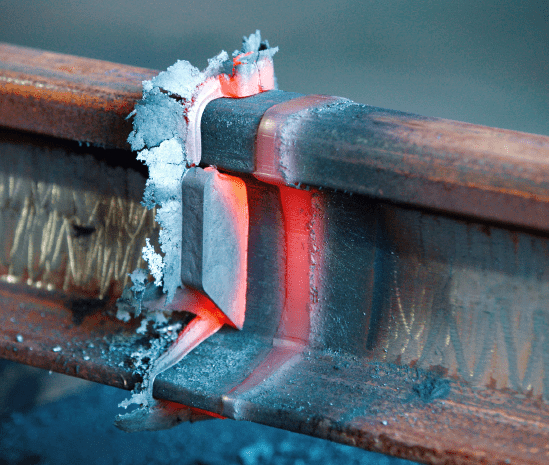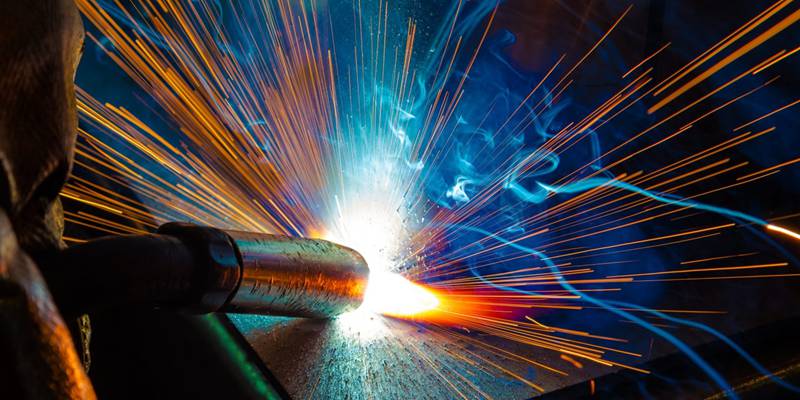The Value of Welding WPS: Making Certain High Quality and Security in Your Projects
The Value of Welding WPS: Making Certain High Quality and Security in Your Projects
Blog Article
The Ultimate Overview to Welding WPS Procedures: A Detailed Introduction for Welders
In the complex world of welding, Welding Procedure Specifications (WPS) function as the backbone of making sure high quality, consistency, and safety in welding procedures. Understanding the nuances of developing, implementing, and monitoring WPS treatments is necessary for welders seeking to elevate their craft and fulfill sector requirements. As we explore the various elements of a WPS and explore the intricacies of qualification and qualification, we will discover the vital function these procedures play in the world of welding. Let's start a trip to untangle the intricacies and value of WPS treatments in welding techniques.
Value of WPS Procedures
Recognizing the relevance of Welding Procedure Specs (WPS) treatments is important for ensuring the quality and integrity of welded frameworks. WPS treatments function as a roadmap for welders, outlining the needed steps, specifications, and materials needed to achieve an audio weld. By sticking to WPS guidelines, welders can make certain consistency in their job, leading to trustworthy and structurally sound welds.
One of the main reasons why WPS treatments are essential is their function in keeping weld top quality and stability. Complying with the defined welding specifications and techniques laid out in the WPS aids stop problems such as porosity, breaking, or insufficient blend, which can compromise the strength and longevity of the weld.

Parts of a WPS
A Welding Procedure Requirements (WPS) commonly comprises crucial elements that information the certain needs for performing a weld, making sure uniformity and top quality in the welding process. The vital elements of a WPS consist of crucial variables such as base steels, filler metals, interpass and preheat temperature levels, welding procedures, securing gases, welding positions, and post-weld heat therapy requirements.
Base steels refer to the materials being signed up with, while filler metals are used to load the void in between the base steels throughout welding. Preheat and interpass temperatures are essential for managing the warmth input and stopping problems like fracturing or distortion. The welding process lays out the particular method to be utilized, whether it's gas steel arc welding (GMAW), shielded steel arc welding (SMAW), or another method. Securing gases secure the weld pool from climatic contamination. Welding positions specify the alignments in which welding can be performed. Post-weld heat treatment might be needed to ease stresses and improve the weld's homes. A thorough understanding of these parts is vital for developing a effective and thorough WPS.

Certification and Certification
Having established the essential elements of a Welding Treatment Requirements (WPS), the focus currently shifts in the direction of the important aspects of certification and accreditation in welding practices.

Accreditation, on the other hand, is the official recognition of a welder's qualifications by a relevant certification body or company. Welding certifications are commonly based on the particular welding processes, materials, and settings a welder is certified to collaborate with. Holding a valid welding certification demonstrates that a welder meets market criteria and is experienced to do welding tasks to the needed specifications.
Developing a WPS
To develop a Welding view it Procedure Specification (WPS) that meets sector standards, mindful factor to consider of welding procedures, products, and operational specifications is essential. The initial action in developing a WPS is to determine the welding process to be made use of, such as gas metal arc welding (GMAW) or shielded metal arc welding (SMAW)

Implementing and Monitoring WPS
Upon completing the extensive Welding Procedure Specification (WPS) that thoroughly information welding processes, products, operational specifications, and quality control actions, the emphasis changes to effectively carrying out and keeping an eye on the well-known procedures. Application includes making sure that all welders entailed in the project recognize with the WPS and follow it diligently click this throughout the welding procedure. This requires giving appropriate training and guidance to assure adherence to the specified procedures. Monitoring the WPS involves continuous oversight to confirm that welding activities line up with the documented specs. Examinations, screening, and quality assurance steps are essential parts of the monitoring process to identify any kind of deviations or concerns promptly. Normal audits and testimonials of the welding treatments assist in keeping uniformity and top quality throughout the task. Reliable application and surveillance of the WPS are vital for making sure the integrity, stamina, and safety of the bonded joints, ultimately adding to the total success of the welding task.
Conclusion
To conclude, understanding and following Welding Treatment Requirements (WPS) is vital for welders to ensure top quality, consistency, and security in their work. By understanding the components of a WPS, acquiring proper credentials and qualifications, creating thorough treatments, and applying and monitoring them effectively, welders can boost their abilities and proficiency in welding methods. Following WPS treatments is necessary for producing top quality welds and meeting industry criteria.
In the intricate world of welding, Welding Procedure Requirements (WPS) offer as the backbone of ensuring quality, uniformity, and security in welding operations. The welding process lays out the certain method to hop over to here be used, whether it's gas steel arc welding (GMAW), secured metal arc welding (SMAW), or an additional method.To create a Welding Treatment Spec (WPS) that fulfills industry requirements, careful factor to consider of welding procedures, products, and functional specifications is essential. The initial action in creating a WPS is to determine the welding process to be made use of, such as gas metal arc welding (GMAW) or shielded steel arc welding (SMAW)Upon settling the extensive Welding Treatment Requirements (WPS) that diligently information welding processes, materials, operational parameters, and quality guarantee measures, the emphasis shifts to efficiently implementing and keeping an eye on the recognized procedures.
Report this page